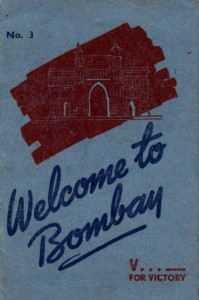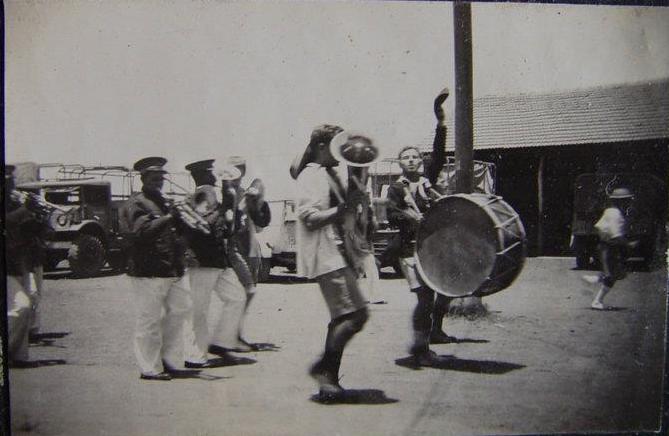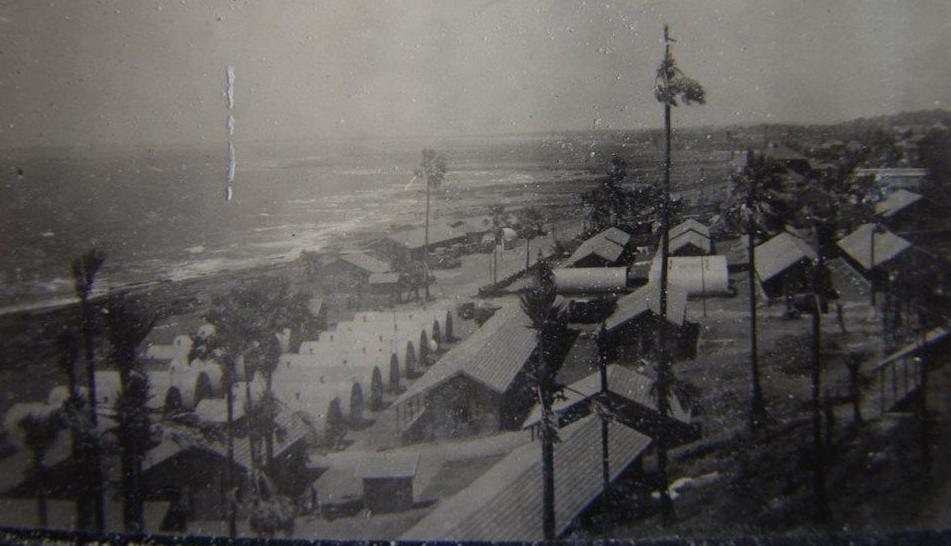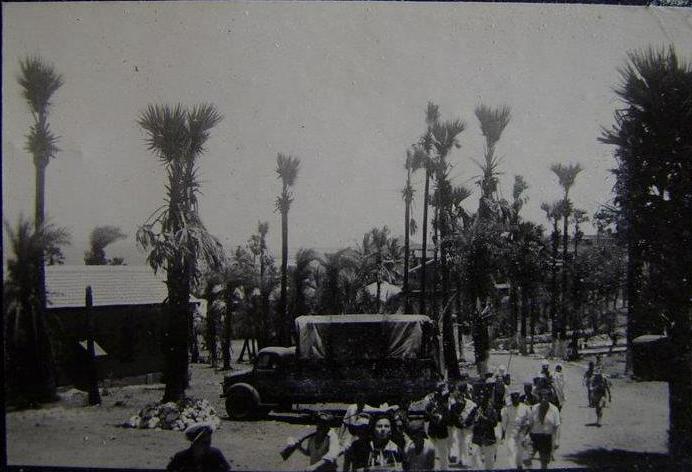 Ever so often, the still of the Bandra night is broken by a raucous party somewhere in the distance bursting into song. A guitar jangles, someone sits down at the piano and a boisterous chorus repeats an item of World War II propaganda regarding the anatomical inadequacies of the Nazi high command.
Ever so often, the still of the Bandra night is broken by a raucous party somewhere in the distance bursting into song. A guitar jangles, someone sits down at the piano and a boisterous chorus repeats an item of World War II propaganda regarding the anatomical inadequacies of the Nazi high command.
“Hitler, he has only one ball,” insist the lyrics, sung to the tune of Colonel Bogey’s March. “Goering has two, but very small. Himmler had something similar, and Goebbels has no balls at all (pa pa pa pa pa pum…)”
Last weekend, as I listened to a group of my neighbours celebrate a birthday, I realised that several Bandra favourites date back to the World Wars. It’s a Long Way to Tipperary, for instance, is a tune from the Great War that expressed the homesickness of Irish troops from that town in central Ireland. Sentimental Journey, released in 1945, became a homecoming anthem for returning soldiers.
By 1945, the Indian Army, with 2.5 million men, was the largest volunteer force in history and fought in three continents, so it’s only natural that the troops brought home some of the war’s most popular tunes. Besides, as part of the war effort, HMV’s Calcutta factory released several war tunes, including these two below sung by Andy Gemmell, a member of CATS, as the Calcutta Amateur Theatricals Society styled itself: Adolf (“you’ve bitten off much more than you can chew”) and We’re Going to Hang Out Our Washing on the Siegfried Line (a reference to the German phalanx of bunkers and tank traps built opposite the French Maginot Line).

For complete booklet, click here
There was also music on the airwaves. The Allies established Radio SEAC, or South East Asian Command in Colombo (creating the infrastructure for the station that would, at the end of the war, become Radio Ceylon).
Though the Axis powers never made it quite as far as Bombay, the city wasn’t entirely unaffected by the war. Tens of thousands of Allied troops passed through the city, and were issued this pamphlet, warning them to avoid exposing their heads to the sun, eating over-ripe fruits, and patronising beggars, mendicants, fortune tellers and curio dealers. They were also told about dances at Green’s and Majestic Hotel (“all places close by 2300”).
Bandra, a semi-rural area awash with palm trees and drying fish, was also gripped by war fever. Bombay’s archbishop, an Englishman named Thomas Roberts, turned the Retreat House on Mount Mary into a Rest Home for Convalescent Sailors. The Home later took over bits of the convent at the Mount. Old Bandra residents remember shell-shocked men being led through the tree-lined suburb, muttering to themselves as their attendants pushed their wheelchairs through the quiet streets. The facility was run by a British woman named Evelyn Seddon. She did a marvellous interview with the Imperial War Museum about how the Home was established, what Bandra was like in the 1940s, about another facility called Shandy Tavern in the docks that she also ran for sailors ,and about the music that was popular at the time. You can listen to it here.
Down the road from the Home, the hill by Bandra Fort that is now occupied by the Taj Land’s End (after a long court battle with local residents) was the site of a military camp, filled with Nissen huts. My friend Ratnesh Mathur found these photos of the site in a flea market somewhere in central Europe. I haven’t been able to establish which units used the camp, but long after the structures were demolished, traces of their foundations were still visible on the hill, as most Bandra kids of the 1980s will recall. The presence of the troops is also visible in the ring of rocks they created off the shore so that they could swim safely in the choppy Arabian Sea, a feature still known as Soldier’s Pond.
I’m not sure if the military personnel who passed through Bandra had much to do with the locals, but the songs they sang still haven’t been forgotten. You can hear them at parties, of course but they’re also audible on the street some evenings, belted out by a woman in a shabby sari and a harmonium. She – and a young man who sometimes takes her place – is Bandra’s last busker. Some people call her Cotton Mary. A few of her tunes, such as Irene Goodnight and You Are My Sunshine, are Bandra favourites and date back to the war years. They’ve been handed down through so many layers of Cotton Mary’s family, they’ve grown rather tattered: the melodies emerge strong and true, but the lyrics have mostly been reduced to nonsense syllables, a little like jazz scatting.
Cotton Mary’s signature tune, though, is all her own. I’ve never heard a recording of it, nor have I heard anyone else sing it. Thanks to Google, I now know that its title is I Ain’t Nobody’s Darling and that it was composed in 1921 by Elmer Hughes and Robert King. I can’t imagine how it found its way across the seas from the US South to Bandra, except to think that it was taught to Cotton Mary’s great-grandparents one muggy afternoon by one of the patients at the Convalescent Home.
Thanks to Heiko Mohn for the Andy Gemmell tracks.





2 comments
brings back a 100 diff memories of Vera Lynn and the BBC girls singinging these songs from old 78RPM records that my granpa had and a 33RPM my dad brought back in the 80’s 🙂
… and the present volleyball/throwball court of Apostolic Carmel High School, which was then a tennis court and an open ground (godloknows who it belonged to) was used by the Army as a dumping ground/storage space for building materials. Trouble was, people used to sneak in and steal stuff! So they actually cordoned it off and made it a restricted area for the duration of the war….